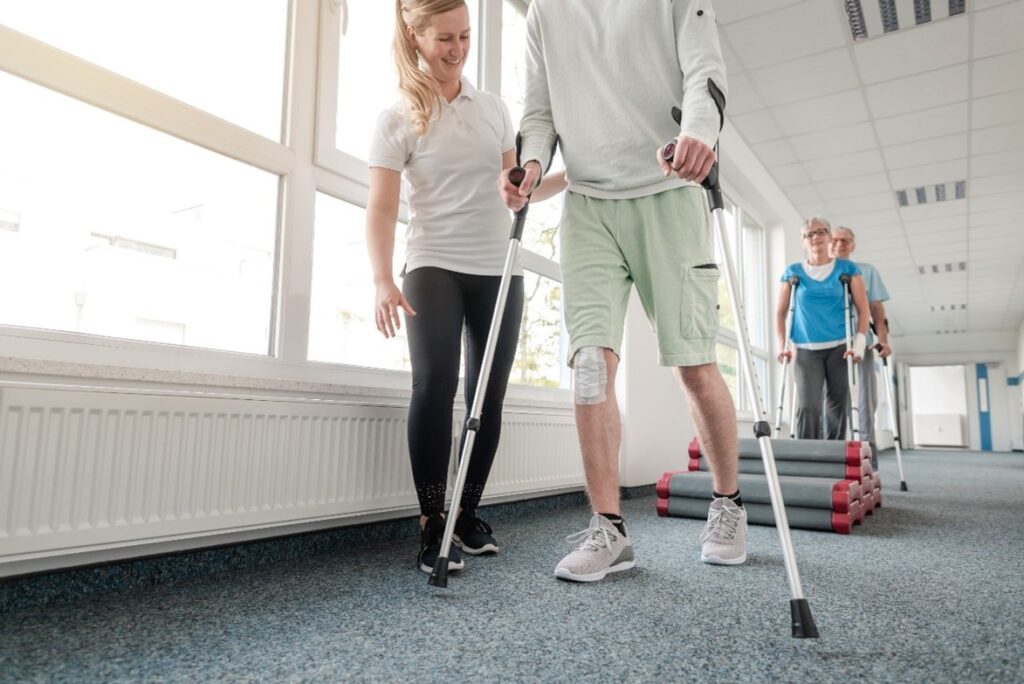
Aging doesn’t have to be what it once was.
In the past, getting older was predictable — an increased reliance on others for care, a stalled metabolism and diminishing senses, and a decline in physical strength and cognition.
But John R. Callen of MedRehab Alliance explains that this is no longer always the truth. Thanks to improvements in technology, better information about proper nutrition and health risks, and advanced medical care, people are now living longer than ever before — and living well.
Occupational therapy for older adults is a big reason for their improved well-being and greater independence, as more Americans hope to be able to stay in their own homes as they age.
OT Senior Care
Occupational therapy encompasses a wide range of treatment approaches, whether it’s for recovery following a medical emergency or injury or as a method of treating a chronic condition. It can be used to help treat all ages, but is particularly valuable for helping older people to live on their own terms.
Occupational therapists primarily promote well-being by making everyday activities easier for older adults, whether that involves working full-time, volunteering, or tackling chores.
Since the population of adults 65 and older in America is estimated to reach 95 million by 2060 — about a quarter of the country’s entire population — occupational therapists are in high demand to help with not just health care needs, but to provide social services as well.
Types of OT Modalities
While occupational therapy is commonly tied to physical needs — recovering from surgery, learning to walk effectively again — it’s not quite the same as physical therapy.
For older adults, occupational therapists are often needed to help with making lifestyle modifications to better manage living alone at home or improving well-being while experiencing a chronic medical condition, such as hypertension or arthritis.
Occupational therapy focuses on cognitive, physical, or physiological challenges. In physical therapy, those who are recovering from a broken bone will work on targeted movements or exercises to heal better and faster. Occupational therapy, on the other hand, often includes physical treatments while also addressing psychological or social barriers.
Daily tasks such as bathing, dressing, and eating are improved through integrating therapeutic techniques such as exercise or education. Occupational therapists may study a home and determine modifications that must be made to make daily life easier, such as having a walk-in shower or a medical alert system.
Memory loss may also be addressed, and vision loss may be tackled through techniques such as color-coded medication, better lighting, or large-print newspapers and books.

Biggest Benefits
• Greater Independence
Sustained occupational therapy helps prevent otherwise common occurrences for these older adults, such as falling, while easing the chronic pain associated with their daily activities. It also becomes easier for them to drive a car and clean their homes.
• Encouraging Self-Care
The real work of an occupational therapist happens as soon as the patient leaves a therapy session. After barriers are assessed and addressed, older adults feel more confident with integrating self-care into their daily routine because it can be done with less pain. This includes cooking, grooming, and managing their own medical needs.
• Diminished Health Risks
One older American will dies as a result of a fall once every 19 minutes. With occupational therapy techniques, that risk becomes drastically diminished. For those experiencing serious medical conditions such as Alzheimer’s or dementia, occupational therapy can help prevent injury and other issues associated with such diseases.



